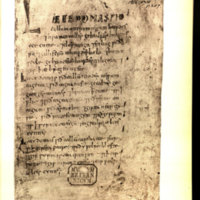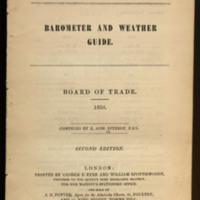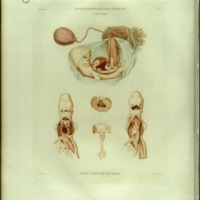History of Science
The history of the biological and physical sciences is strongly represented in landmark editions of works by Newton, Galileo, Darwin, Hooke, Leeuwenhoek, Linnaeus, Jussieu, Gessner, and Audubon, among many others. The collection also includes anatomical works by Vesalius, Harvey, and Fabricius, as well as Renaissance medical herbals, including, Fuchs’ De Historia Stirpium(1542); Hortus Sanitatis (1517); Mattioli’s De Materia Medica (1583); and numerous other beautifully illustrated botanical works. Special Collections also holds numerous 18th-century scientific periodicals, including long runs of Memoires of the French Academie des sciences and the Philosophical Transactions of the Royal Society.
These works complement the University of Missouri’s emphasis on the life sciences, support interdisciplinary research, and provide an important access point for the study of intellectual history and scientific inquiry.
How to Use the Collection
With a few exceptions, the collections can be accessed and requested through the library catalog. Finding aids for individual collections are linked on this website. Materials are available for use in the Special Collections Reading Room (room 401) during regular hours. Materials do not circulate.
Finding Aids for History of Science
Donald Silver Rare Book Room, J. Otto Lottes Health Sciences Library
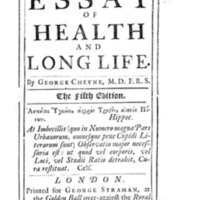
The Rare Book Room was given to the library by the Department of Surgery and is dedicated to Dr. Donald Silver, an Emeritus professor of the…
Gary E. and Janet J. Venable Antiquarian Atlas & Map Collection
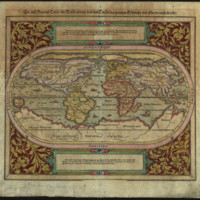
The Venable Collection documents the history of cartography, geography, and exploration from the sixteenth through the early twentieth century.…
Historic Textbook Collection.
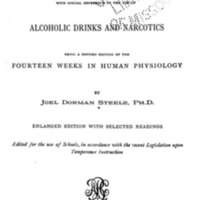
Scope and Contents The books are useful today as a survey of pedagogical methods and contents as well as a portrayal of the American popular mind of…
Rare Books
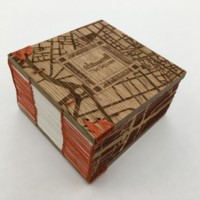
The Rare Books Collection is the default designation for materials in Special Collections that are acquired as individual items. Like Special…
Related Exhibits
150 Years of On the Origin of Species
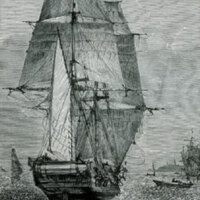
150 Years of The Origin of Species: The Historical Journey from Specimens to Species to Geneswas a physical exhibit mounted...
Controlling Heredity
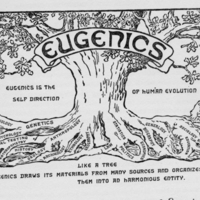
This virtual exhibit explores the intersections between ethics and the pseudo-science of eugenics in the late nineteenth and early twentieth...
Leaders and Heroes
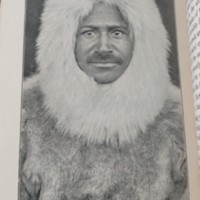
Every age, every race, has its leaders and heroes. ~ Ohíye S’a (Charles A. Eastman) Libraries tend to hold those materials that...
No Bones About It: An exhibit of spooky skeletons
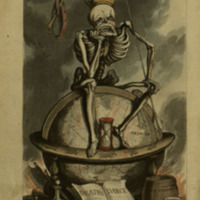
On October 24, 2023, Special Collections held a spooky exhibit! From 11am until 2pm, we were in Ellis 114a with...
Selected Items
A physical view of man and woman in a state of marriage : with anatomical engravings / translated from the last French edition of M. de Lignac.
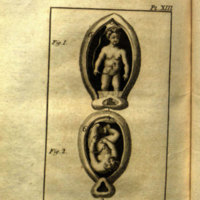
2 volumes : illustrations ; 23 cm
The habitable world described, or, The present states of the people in all parts of the globe, from north to sout; shewing the situatio, estent, climate, productions, animals, etc. of the different kingdoms and states; including all the new discoveries: together with the genius, manners, customs, etc. of the inhabitants, collected from the earliest and latest accounts of historians and traveliers of all nations. With a great variety of maps and copper-plates. Vol 1
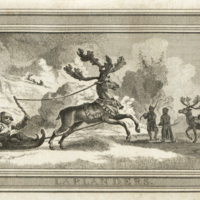
20 volumes : illustrations
An epitome of astronomy, with the new discovered planets and the late comet, as illustrated by the eidouranion, or transparent orrery originally invented by A. Walker, and as lectured upon by his son, D.F. Walker.

Map of the Middle States engraved to illustrate Mitchell’s New Intermediate Geography.
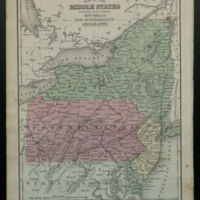
Shows railroads, cities, and towns for the states of New York, Pennsylvania, New Jersey, and Delaware./ Prime merdians: Washington and Greenwich.
Map Illustrating the Plan of the Defences of the Western and North Western Frontier, as Proposed by Charles Gratiot in his report of Oct. 31, 1837.
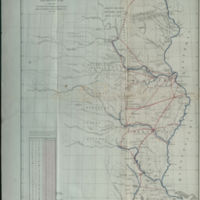
Shows the lands of the Omaha, Pawnee, Shawnee, Delaware, Creek, Cherokee, Choctaw and other Native American tribes west of Missouri, Arkansas and…
